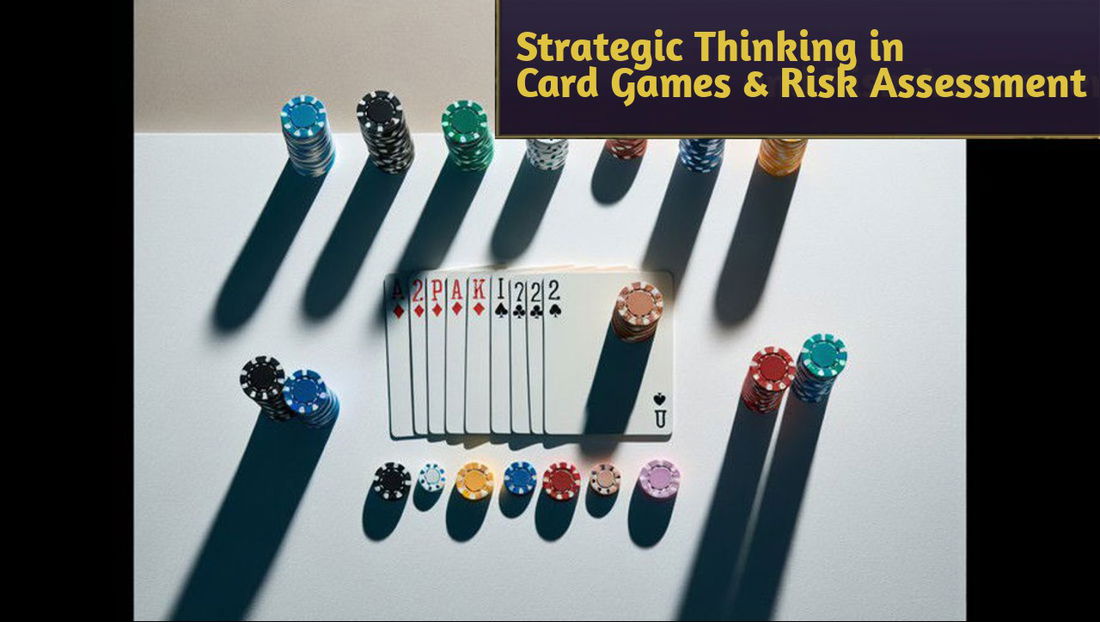Knowledge about RTP rates and how they function has become increasingly commonplace in recent years as online casinos have grown, prompting players to educate themselves. However, there is one aspect of these rates that casinos don’t often mention and that many players don’t know about: RTP bands.
If you’re hearing this term for the first time or just want some more in-depth information about an RTP band, keep reading as we examine what they are, why they exist, and how they operate.
RTP Rates and RTP Bands: What’s the Difference?
An RTP rate is the percentage of money that a game returns to players over time. For example, if a slot machine has an RTP rate of 94% and receives $100 in wagers, it is assumed that $94 of the $100 received will be paid out to players in the form of winnings.
However, there is one thing to note about this theory. RTP rates are often identified through extensive testing and an incredibly high number of spins. Therefore, RTP rates are only accurate over extended periods of play and are unlikely to be met precisely.
Some slot games don’t, however, feature just one RTP. Instead, they have an RTP band, which is a range of RTP rates that are programmed and determined by the developer.
For example, a game could be released with an RTP rate of 90%, 92%, 95.4%, or 97%. Each casino introducing that game to players can choose which RTP rate they would like to launch the game with.
Casinos looking for greater profits will likely choose the 90% RTP rate, as it generates more return. However, the 97% option would be more suitable for casinos that favour customer satisfaction.
It should be noted that it is almost unheard of for a casino to advertise a game’s RTP band. More commonly, the default RTP of a game or the specific RTP rate that the casino has chosen will be advertised. As such, it may be challenging to tell what games feature an RTP band.
RTP Band Fairness
Despite some slots having varying RTP rates, all RTPs along a band are required to be tested and calculated using the same methods as the default RTP. While this is often done due to regulatory requirements, many of the most popular developers undertake this step to safeguard their reputation within the industry.
For players, this means that if a game has an RTP drawn and certified from a tested and regulated RNG (random number generator), which is the game core that determines the RTP rate, the game is considered fair and can be played—irrespective of which RTP along the band the casino has opted to launch the game with.
Casinos and RTP Bands
As mentioned, casinos have the option to select the RTP they would like to offer when launching newer slot games. If a casino does not select an RTP, the default (or universal) is automatically activated when the game is launched.
Even though casinos commonly choose their RTP rate based on the profit they hope to achieve, other aspects are also usually considered. These include:
Regulatory Requirements
Among these considerations are regulatory frameworks under which they must operate. In more regulated territories, such as the UK, the US, and Canada, governing bodies issue licenses to online casinos on the condition that a minimum RTP rate is offered to players. Failure to provide this could result in the revocation of an operating permit.
Marketing and Competition
Another common consideration concerns the casino’s brand and how it markets itself within an industry rife with worthy competition. For a more elite brand that caters to more high-rolling players, choosing a lower RTP rating may have little impact on the casino. However, a higher RTP may be expected for a well-known brand catering to a broader player base.
Profit
Of course, profit plays a prominent role in a casino’s decision about what RTP to offer a game. As such, casinos looking to boost their edge will opt for lower RTP rates, while those that aim to provide an enjoyable experience above making excessive profit will opt for higher options.
Changing Available RTP Rates
Some casinos offer a higher RTP rate during a game’s launch to attract more players and help the game experience a successful launch. However, they may want to drop the RTP rate after some time.
While this can be done, it usually requires the developer’s express approval. No casino can decide to change from one level of a game’s RTP band to another without a formal process.
Advantages of RTP Rate Bands
RTP bands offer several advantages for developers and operators, though their impact on players is indirect. While they shape the experience players engage with, they provide limited direct benefit to the players themselves.
For developers, the chief advantages of providing games with an RTP band include the ability to adapt games to suit various markets, competitive differentiation that allows a game to stand out when hosted by different casinos, and the chance to offer more flexibility to operators.
For casino operators, the advantages include the ability to set a more customized house edge, the chance to use games for promotional purposes, and the ability to better target or retain specific players based on RTP preferences.
Final Thoughts
RTP bands are often not spoken of among casinos and are less familiar to players than RTP rates themselves. However, understanding these bands clarifies why the same slot title may feature varying RTP rates on different casinos and allows you to find the best option to boost your chances of winning.







— Kommentare 0
Sei der erste der kommentiert